What Are Coffee Table Books?
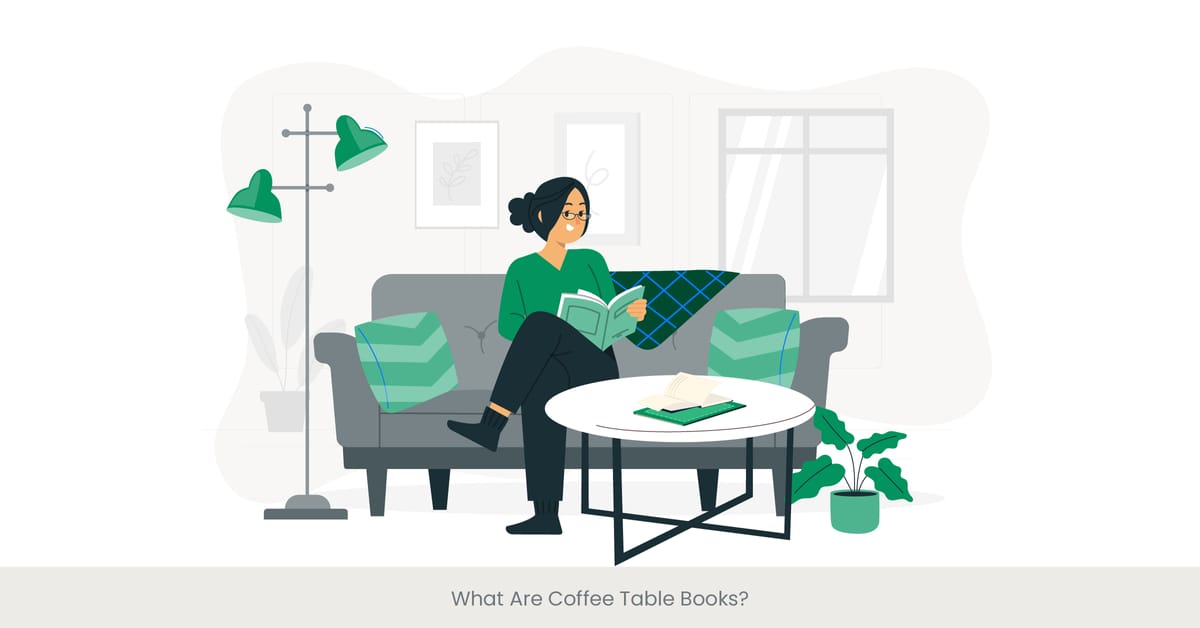
Definition and Characteristics of Coffee Table Books
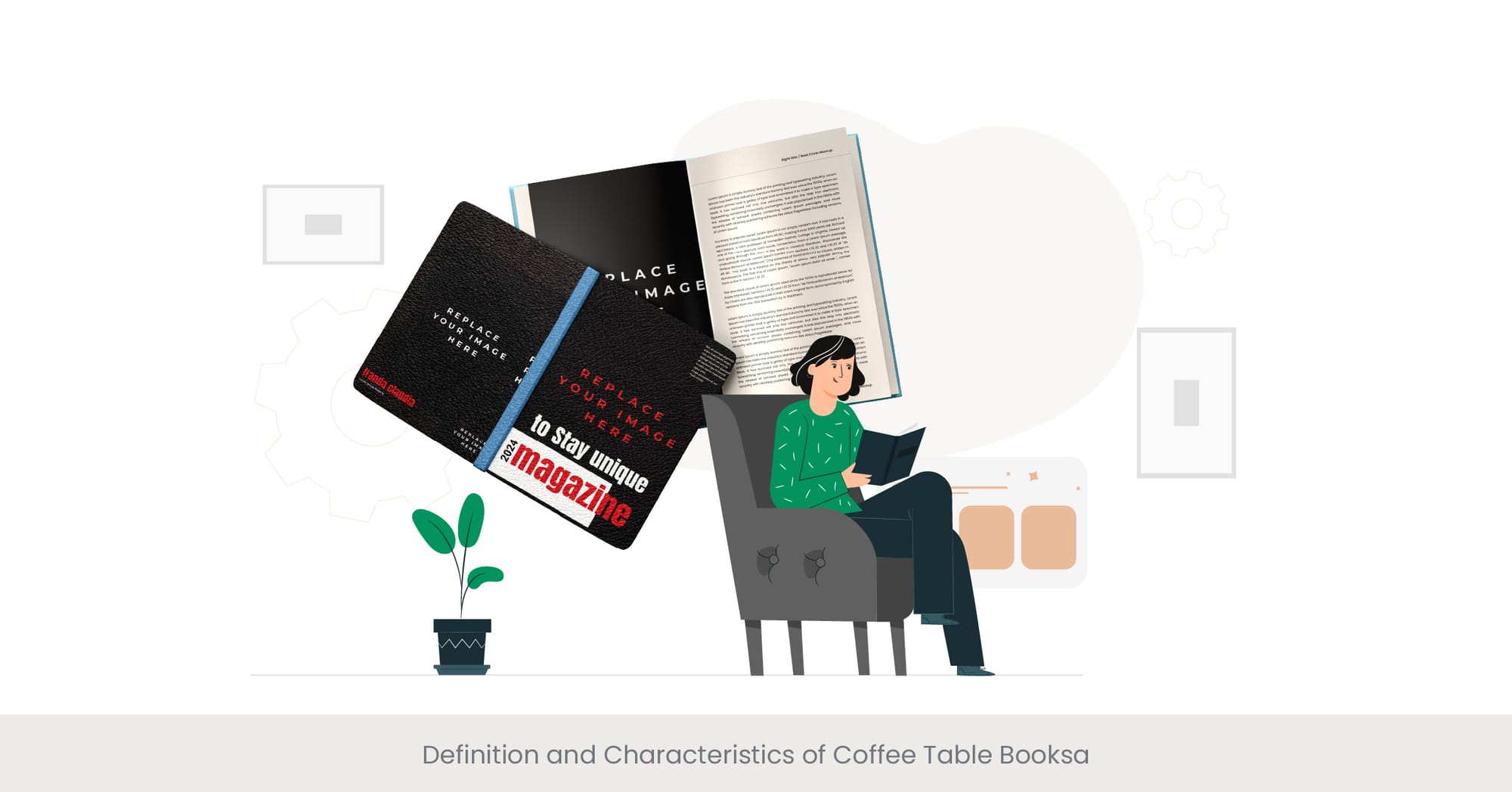
Introduction to Coffee Table Books
Coffee table books, a term that resonates with elegance and sophistication, are not just ordinary publications; they are a blend of art, literature, and design. At their core, coffee table books are large, usually hardcover books that serve as both a form of entertainment and a piece of decor. They are designed to be perused at leisure, offering a visual and textual feast to their readers. Unlike traditional books, which are primarily for reading, what defines a coffee table book is its capacity to spark conversation, encapsulate a world of ideas, and enhance the aesthetic appeal of a space. These books often cover a myriad of subjects, from photography and art to fashion, travel, and culinary traditions, making them versatile pieces that cater to a wide range of interests.
A Dive into the Essence
The history of coffee table books dates back to the early 20th century, serving as a symbol of sophisticated taste and intellectual curiosity. They are distinguished by their high quality paper and image quality, which are pivotal in showcasing vibrant photographs and illustrations. The evolution of coffee table books has seen them become more accessible and varied, offering insights into both popular and niche topics. The intent behind these books goes beyond mere reading; they are curated to enlighten, inspire, and evoke emotion, serving as a visual gateway to the world. This transformation underscores the importance of coffee table books in documenting cultural, artistic, and natural wonders.
Real-World Illustrations and Trends
Among the most popular coffee table books are those that feature breathtaking photography, iconic fashion moments, and stunning natural landscapes. These books often work as conversation starters, inviting viewers to delve into discussions about art, history, and design. Limited editions and books featuring works by renowned photographers or designers are highly sought after by collectors, highlighting the role of coffee table books as valuable collector's items. The trend towards incorporating coffee table books into home decor has also seen a rise in books focusing on interior design, architecture, and lifestyle, underscoring their significance in adding character and depth to living spaces.
Validation Through External Sources
The appeal and relevance of coffee table books are supported by statistics and studies focusing on consumer behavior and publishing trends. For instance, the publishing industry has noted a steady demand for high-quality, visually driven books, with sales figures reflecting a growing interest among readers and collectors alike. Reviews and articles in leading publications such as The New York Times and Vogue often highlight the significance of coffee table books in contemporary culture, citing them as essential elements in the modern home. Additionally, market research by firms like Nielsen Bookscan provides insights into the popularity and sales performance of these books, indicating a sustained interest and appreciation for their aesthetic and educational value.
Distinguishing Features from Other Book Types
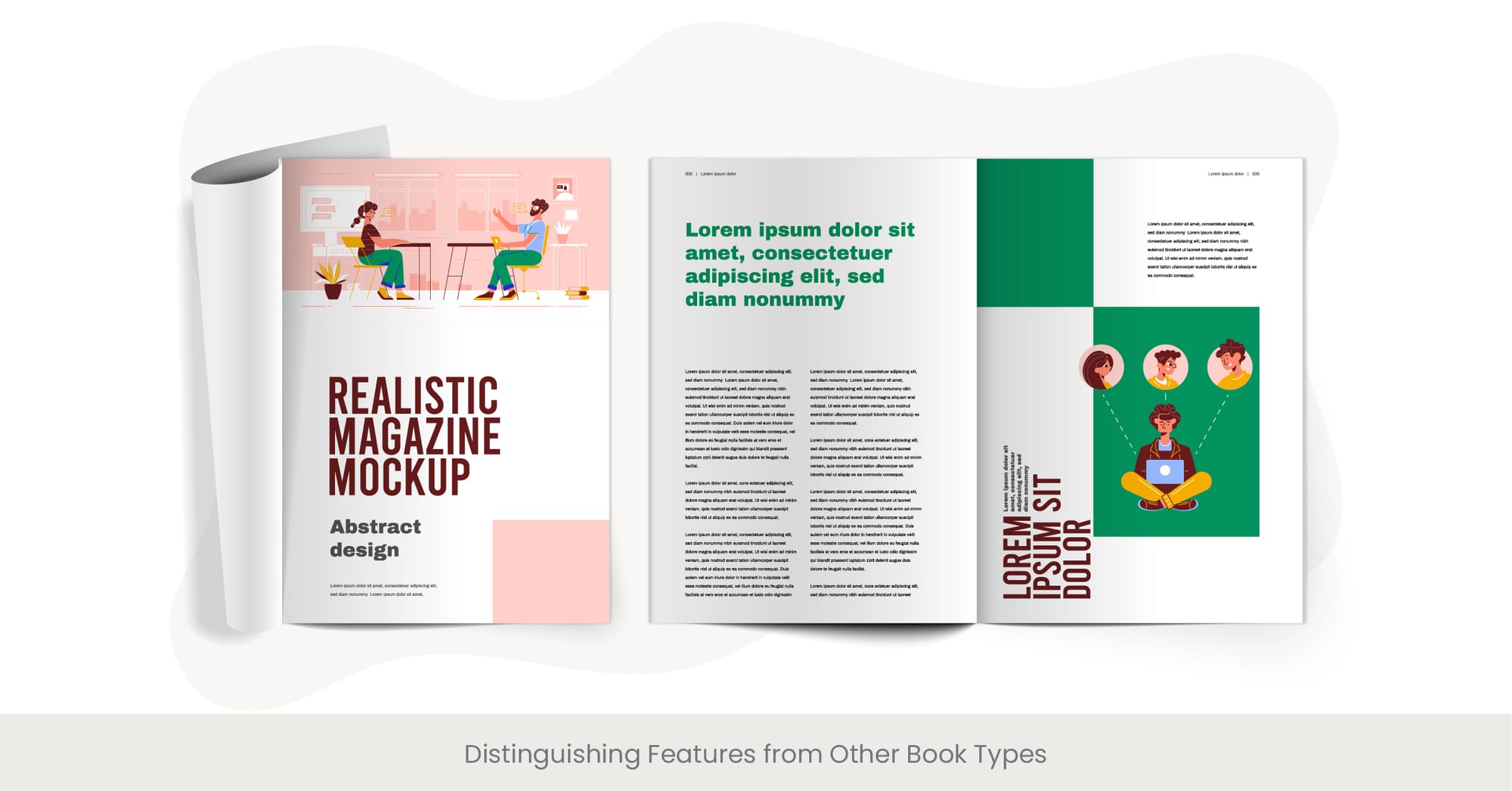
The Unique Essence of Coffee Table Books
Coffee table books stand out in the publishing world for their distinct characteristics that set them apart from other types of books. What is a coffee table book if not a fusion of visual artistry and engaging content? These books are immediately recognizable by their size, which is typically larger than standard books, and their hardcover format, which lends a sense of durability and prestige. The primary distinction lies in their purpose; while most books are designed for reading, coffee table books aim to be both seen and read, serving as a piece of art as much as a source of information. They are crafted to catch the eye, draw the reader into a visual narrative, and serve as a topic of conversation for guests. This blend of form and function underscores the unique role coffee table books play in the literary and design landscapes.
Historical and Cultural Background
The evolution of coffee table books from luxury items to mainstream staples highlights their growing appeal and differentiation from traditional publications. Initially, these books were considered luxury items, accessible to only a select few. However, over time, with the advent of more sophisticated printing technologies and broader interest in arts and culture, coffee table books have become more widely available. This transition has allowed them to cover a broader range of topics, from art and design to history and science, making them more diverse than other book formats. The history of coffee table books reflects a cultural shift towards more visually oriented literature and a greater appreciation for design aesthetics in publishing.
Illustrating Distinction Through Examples
A notable example that highlights the distinct nature of coffee table books is "Humans of New York" by Brandon Stanton. Unlike traditional books, which may focus solely on pictures or on text, this coffee table book combines compelling photography with stories of everyday people, making it a visual and literary treasure. Another example is "The NASA Archives," which showcases stunning images and documents from NASA's history, offering a visual journey through space exploration. These books exemplify how coffee table books can provide an immersive experience that is both informative and visually engaging, serving as a bridge between art, photography, and storytelling.
Expert Insights and Comparative Analysis
Research and commentary from publishing industry experts further validate the distinctiveness of coffee table books. According to industry analysts, the market for coffee table books has seen consistent growth, driven by consumer demand for high-quality, visually appealing books that can serve as both educational resources and decorative items. Comparisons with other book types reveal that coffee table books typically involve higher production costs, reflecting the investment in high-quality paper, printing techniques, and binding methods. This commitment to quality not only differentiates them from other book types but also contributes to their status as coveted items in the realms of publishing and interior design. Publications like Publishers Weekly often feature articles that discuss the unique challenges and opportunities in the coffee table book market, highlighting their special place in the literary world.
Common Themes and Subjects in Coffee Table Books
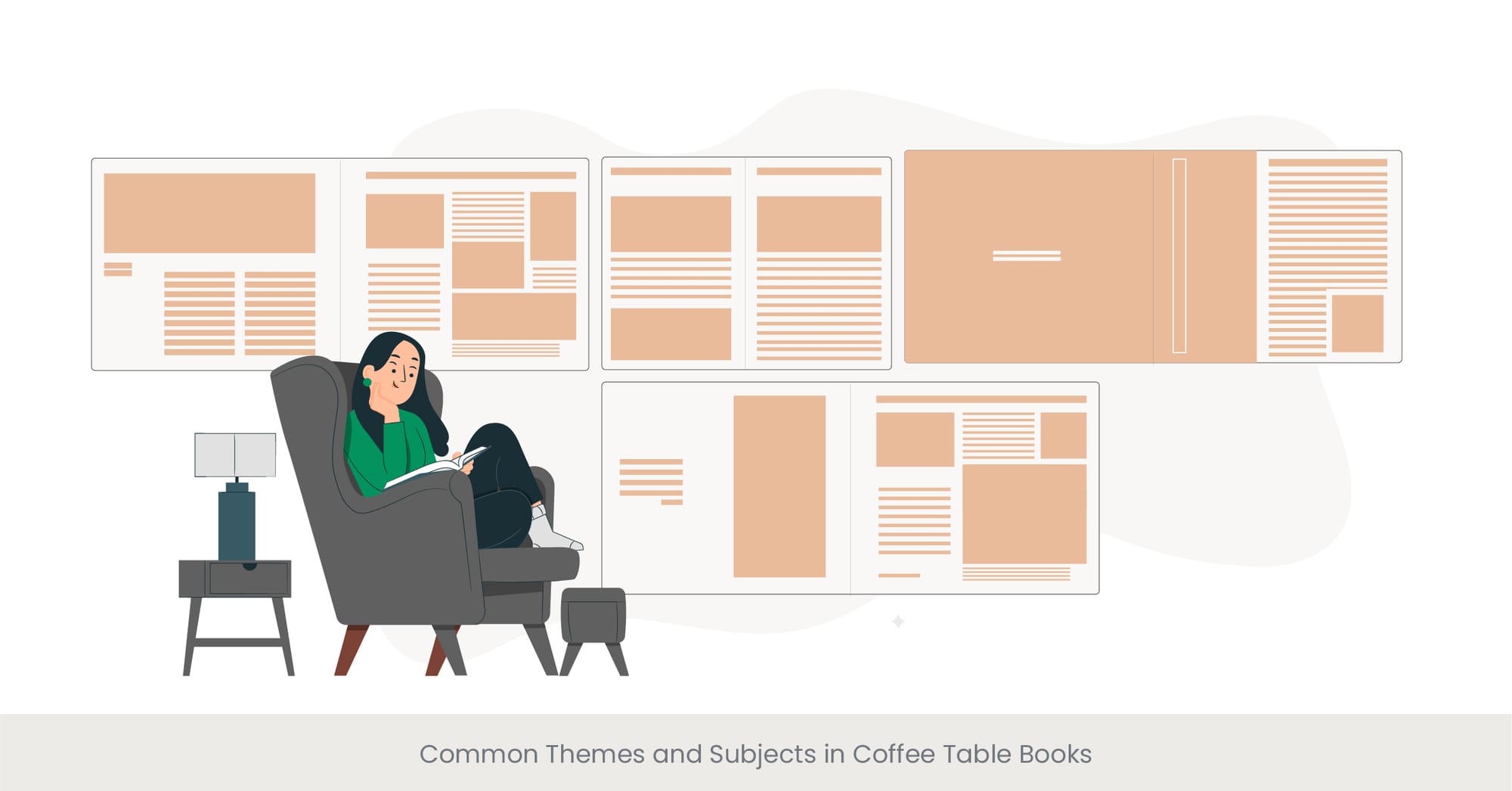
Exploring the Diverse World of Coffee Table Books
Coffee table books are celebrated for their wide array of themes and subjects, each offering a window into a unique world, be it through the lens of a camera, the strokes of an artist's brush, or the detailed layout of breathtaking landscapes. These books can traverse a multitude of realms - from art, photography, and fashion to travel, cuisine, and nature. This diversity not only caters to the varied interests of readers but also reflects the rich tapestry of human culture and creativity. Coffee table books serve as visual encyclopedias, telling stories through images and words, and capturing the essence of their subjects in a manner that is both accessible and engaging. They are designed to pique curiosity, inspire imagination, and bring beauty and knowledge into our lives.
A Deep Dive into Popular Themes
The range of subjects found in coffee table books is as broad as the interests they serve. Art books may feature collections of works by a single artist or movements that have shaped the course of art history, offering readers a visual feast while delving into the depths of artistic expression. Photography books often explore themes such as natural wonders, human stories, or architectural marvels, showcasing the power of the lens to capture moments in time. Fashion books provide insights into the world of haute couture, the history of fashion, and the minds of designers who have left indelible marks on the industry. Culinary tradition books are another popular theme, offering a blend of recipes, photography, and narratives that celebrate food culture from around the globe. These themes underscore the versatility of coffee table books as mediums for exploration and discovery.
Real-World Examples and Notable Trends
Among the most popular coffee table books that have captured the imagination of readers worldwide are titles like "Vogue: The Covers," which chronicles over a century of fashion through the iconic covers of Vogue magazine, and "Annie Leibovitz: Portraits 2005-2016," a collection that showcases the photographer's stunning portraits of celebrities and public figures. "Destinations of a Lifetime" from National Geographic offers a visual journey to the world's most breathtaking places, illustrating the allure of travel and discovery. These examples highlight how coffee table books can encapsulate the beauty, diversity, and complexity of our world, making them treasured items for those who seek to explore and understand.
Insights from Industry Experts and Consumer Trends
The popularity and enduring appeal of coffee table books are evidenced by their consistent sales and presence in homes and offices around the world. Market research indicates that consumers value the aesthetic appeal, quality of content, and physical attributes of these books, viewing them as both educational tools and decorative objects. Surveys conducted by publishing industry bodies reveal that books featuring high-quality photography, art, and design continue to be among the best-selling titles in the coffee table book category. This consumer preference underscores the significance of selecting subjects that resonate with readers, offering them not just a book, but an experience that enriches their lives and spaces.
Physical Attributes: Size, Cover, Binding
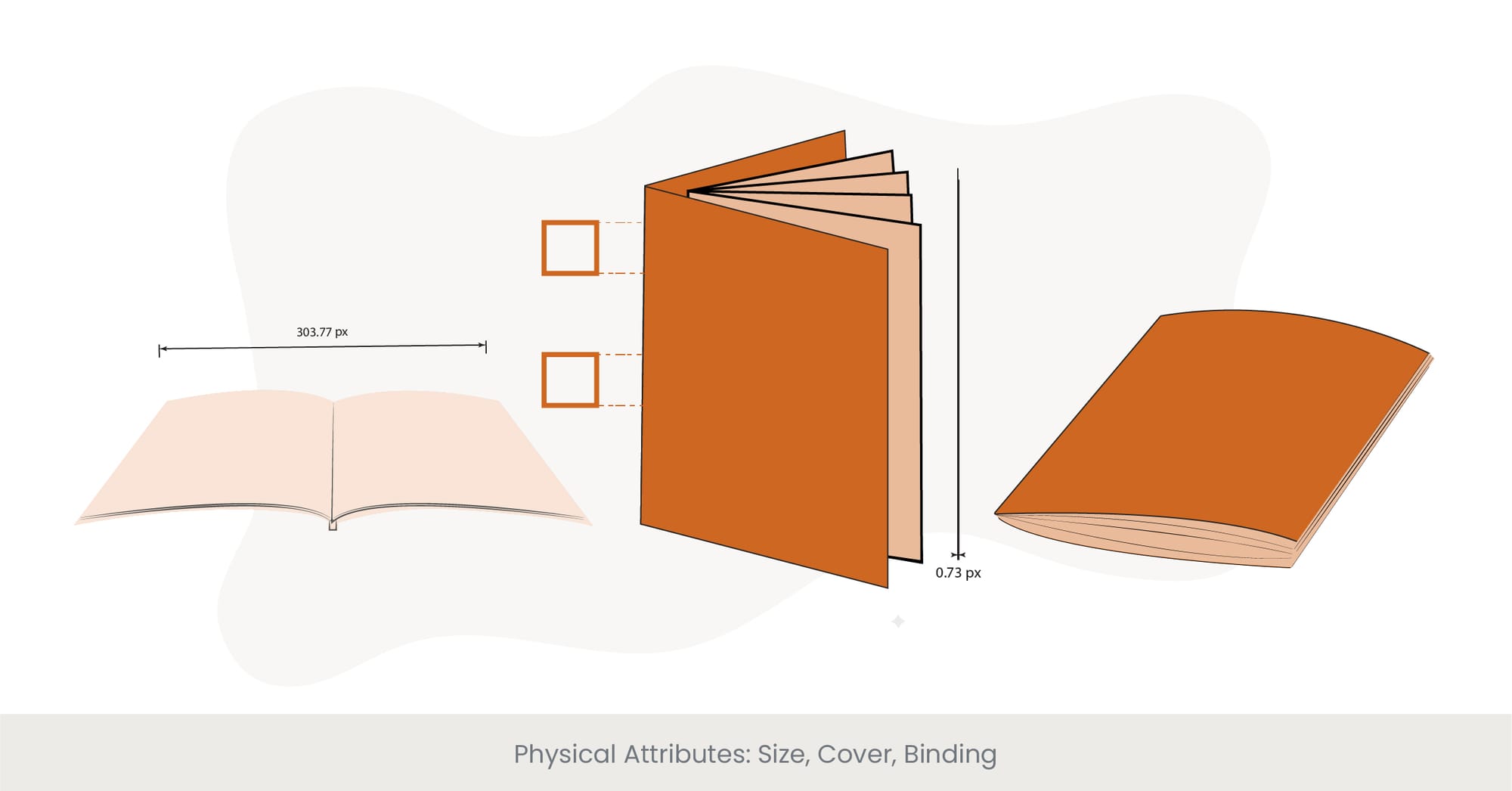
The Artistic and Functional Aspects of Coffee Table Books
Coffee table books are as much a feast for the eyes as they are for the mind, distinguished by their physical attributes that elevate them beyond mere publications. The size, cover, and binding of these books are carefully considered elements that contribute to their overall aesthetic appeal and functionality. Typically larger than standard books, coffee table books are designed to be displayed and enjoyed, with dimensions that accommodate lavish illustrations and photographs. The covers are often works of art in themselves, featuring striking images or designs that invite readers to delve into the pages within. Binding, too, is an essential aspect, ensuring that these books can withstand the test of time and frequent perusal, making them lasting additions to any collection.
A Closer Look at Design Choices
The design choices made in the creation of coffee table books are not arbitrary; they serve both practical and artistic purposes. The large format provides ample space for high-quality images to be showcased, allowing for detailed examination and appreciation. This size is also conducive to shared viewing, making these picture books ideal for sparking conversation among guests. Covers are not just protective; they are integral to the book's identity, often setting the tone for the content inside and making a statement when displayed in a room. The binding, whether it be perfect binding, saddle stitching, or case binding, is selected to enhance the book's durability and ease of use, ensuring that it remains an enduring piece of decor and a source of knowledge and inspiration.
Illustrating Physical Attributes with Examples
Real-world examples of coffee table books that exemplify excellence in size, cover, and binding include "The Earth from the Air," which mesmerizes with its panoramic aerial photographs, demanding a large format to do justice to the breathtaking vistas. "Alexander McQueen: Savage Beauty" captivates with its embossed cover, hinting at the bold and innovative designs within. The hefty "Taschen's SUMO-sized publications," such as the Annie Leibovitz edition, utilize special bindings that allow them to lay flat when opened, enhancing the viewing experience. These examples underscore how the physical attributes of coffee table books are pivotal in delivering a multisensory experience.
Expert Analysis and Consumer Preferences
The significance of the physical attributes of coffee table books is supported by industry analysis and consumer feedback. Studies and surveys highlight that consumers are drawn to books that not only contain compelling content but are also visually and tactilely pleasing. The investment in high-quality paper, innovative covers, and durable binding techniques is often cited as a reason for the higher price point of coffee table books, yet it is precisely these features that make them coveted items. Publishing experts emphasize the importance of these attributes in differentiating coffee table books from other types of publications, enhancing their status as luxury items and works of art. This focus on quality and design excellence has been key to the enduring popularity and perceived value of coffee table books in the market.
Role in Home Decor and Interior Design
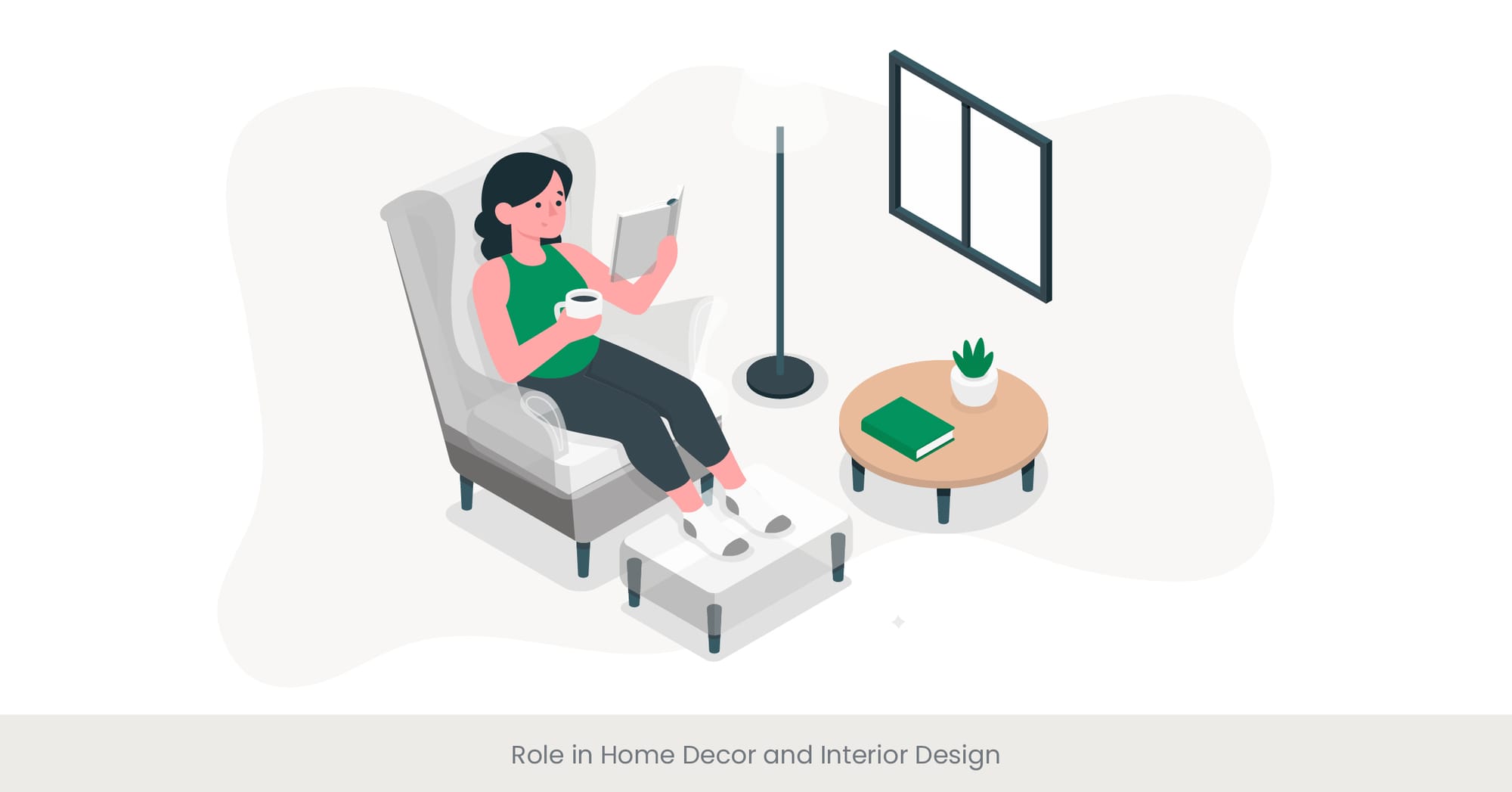
Integrating Literature and Aesthetics
Coffee table books serve a unique role in home decor and interior design, bridging the gap between form and function with elegance and sophistication. They are more than just books; they are statement pieces that enhance the aesthetic appeal of a space. Whether piled high on a coffee table, arranged on a shelf, or displayed on a console, these books add a layer of interest and personality to any room. Their visually striking covers and impressive size make them ideal for injecting color, texture, and visual interest into living spaces. Coffee table books reflect the interests and tastes of the homeowners, offering guests a glimpse into their world. They are a subtle yet powerful tool in the interior designer's arsenal, capable of transforming a mundane space into one that is vibrant and inviting.
A Deep Dive into Design Philosophy
The role of coffee table books in interior design goes beyond mere decoration; they are a manifestation of the homeowner's identity and aesthetic sensibility. Interior designers often use these books as foundational pieces around which a room's decor is curated. The color, theme, and subject matter of a book can inspire the design direction of a space, serving as a cohesive element that ties together various decor elements. From minimalist homes that feature sleek, monochromatic books to eclectic spaces adorned with colorful and ornate volumes, coffee table books are versatile accessories that adapt to and enhance every design style. Their presence in a room can elevate the space, making it feel curated and intentional.
Real-World Applications and Design Trends
In the realm of interior design, coffee table books are celebrated for their ability to add depth and character to a room. Notable trends include the use of books as foundational elements in vignette styling, where books are stacked and layered with decorative objects like vases, candles, and sculptures, creating a dynamic and interesting display. Designers also leverage the thematic content of books to complement the room's motif, such as using nature-themed books in a room with botanical elements or fashion books in a chic, stylish space. These applications highlight the versatility and functionality of coffee table books in home decor, proving that they are indispensable tools in creating engaging and personalized environments.
Insights from Interior Design Professionals
The effectiveness of coffee table books in interior design is affirmed by the insights of industry professionals. Interior designers frequently cite these books as essential elements in their decorating toolkit, valued both for their aesthetic appeal and the cultural depth they add to a space. Surveys among design professionals reveal that incorporating coffee table books into home decor is a prevalent practice, appreciated for its ability to make sophisticated design accessible to a wider audience. Experts also note the trend towards using coffee table books in unconventional ways, such as in creating thematic collections or as focal points in room designs. These insights underline the significance of coffee table books in the evolving landscape of interior design, marking them as timeless elements that blend beauty with intellect.
Coffee Table Books as Conversation Starters
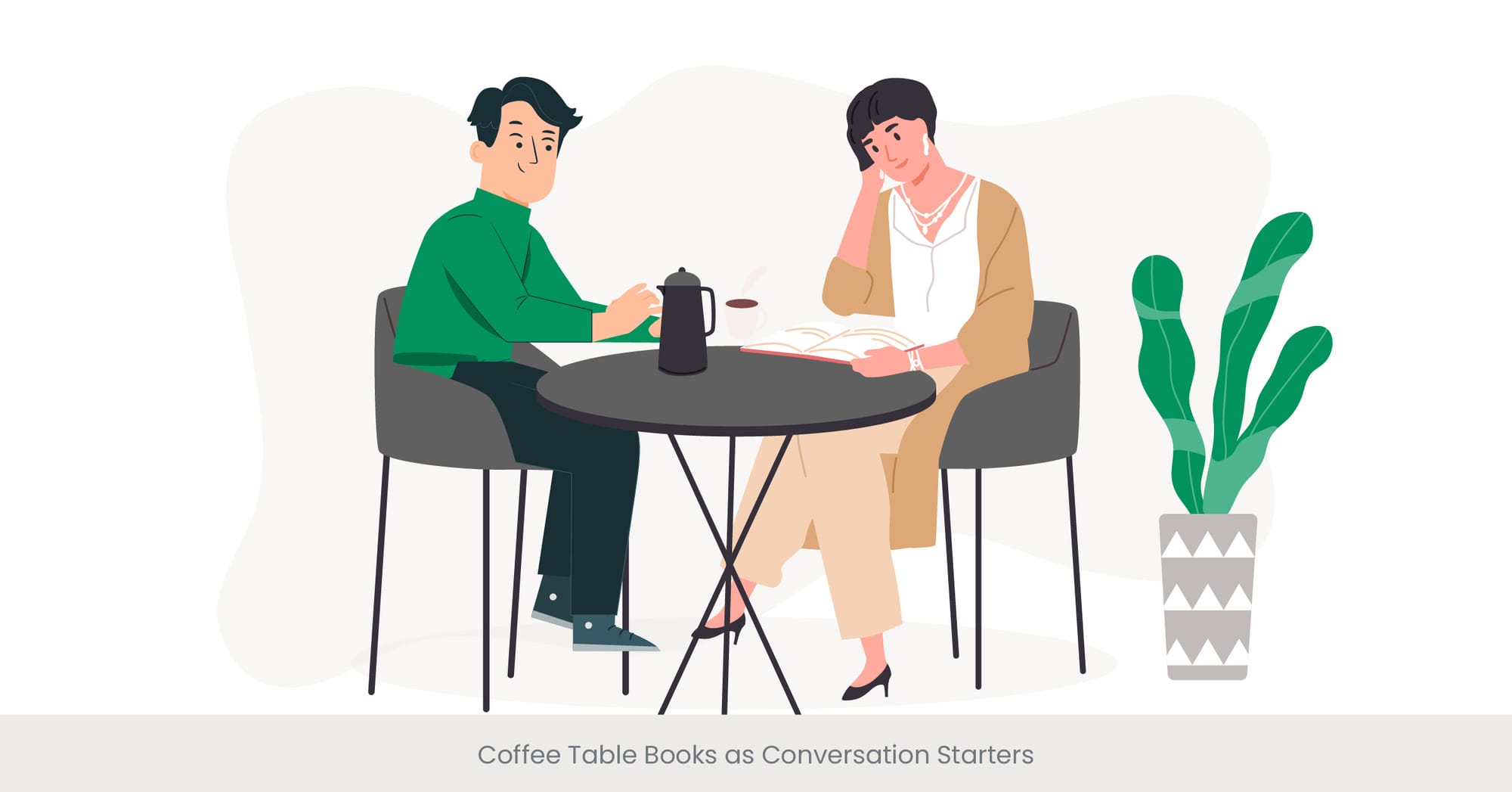
The Social Life of Coffee Table Books
Coffee table books possess a unique ability to spark conversation and bring people together, making them much more than just decorative items. These books are carefully curated by their owners to reflect personal interests, passions, and aesthetics, serving as an icebreaker or a focal point for discussions. Whether it’s a book filled with stunning photography, cutting-edge art, or fascinating historical insights, a well-chosen coffee table book invites curiosity and engagement. It opens up avenues for dialogue, allowing guests to share stories, express opinions, and connect over shared interests. This aspect of coffee table books as conversation starters underscores their role not just in beautifying a space but also in enriching the social fabric of gatherings, making them indispensable in settings where conversation is cherished.
Historical and Cultural Significance
The tradition of using books to foster conversation has deep roots, with coffee table books serving as a modern incarnation of this practice. Throughout history, books have been central to intellectual and social exchange, and coffee table books continue this legacy by making diverse subjects accessible to all. Their emergence and rise in popularity can be traced back to the mid-20th century when they became symbols of cultured living and social engagement. The content of these books often reflects cultural trends, societal milestones, and the collective interests of the time, offering the reader a springboard for discussion on a wide range of topics, from the evolution of art movements to the exploration of the natural world.
Engagement Through Visual and Textual Content
Coffee table books captivate both the eye and the mind, presenting opportunities for engagement through their rich visual and textual content. For instance, a book showcasing the world’s architectural marvels can lead to discussions about past travel experiences, architectural styles, and historical significance. Similarly, a volume dedicated to the world's culinary traditions might inspire exchanges about cooking, cultural practices, and personal anecdotes related to food. These interactions not only enhance social gatherings but also contribute to a deeper appreciation of the subjects discussed, demonstrating the power of coffee table books to educate and entertain simultaneously.
Validation from Social Dynamics Research
The role of coffee table books in sparking conversation is not just anecdotal; it is supported by research in social dynamics and psychology. Studies have shown that shared interests and visually stimulating environments can significantly enhance the quality and depth of conversations among individuals. Coffee table books create such an environment, providing common ground for discussion and encouraging the exchange of ideas. Furthermore, articles in publications like Psychology Today and Harper's Bazaar have highlighted how these books can serve as tools for meaningful connection, breaking down barriers and fostering a sense of community among people. This research underscores the value of coffee table books in creating engaging and intellectually stimulating social spaces.
Collector's Items and Limited Editions
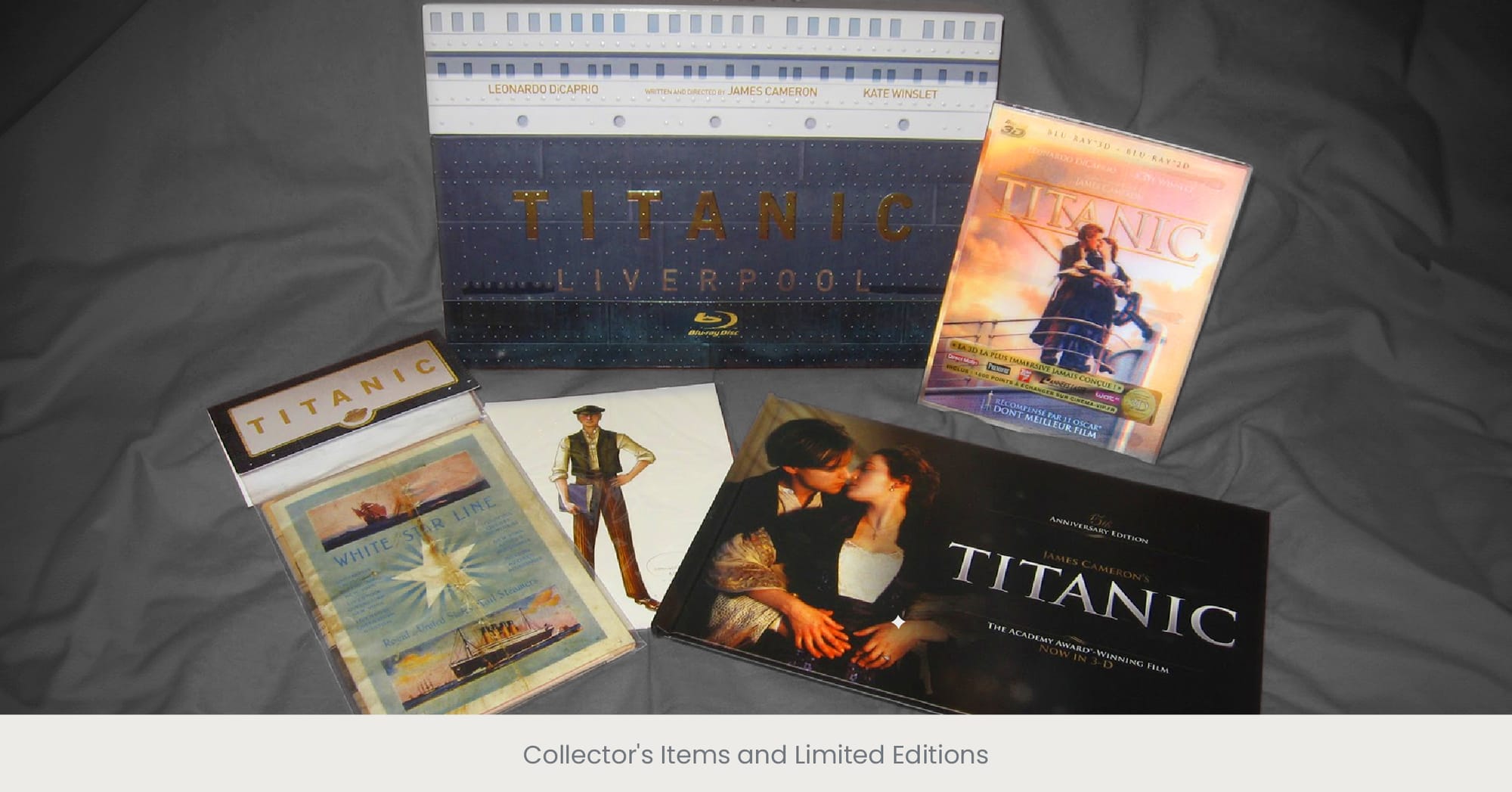
The Allure of Collecting Coffee Table Books
Coffee table books hold a special place in the hearts of collectors, transcending their status as mere publications to become treasured keepsakes and symbols of cultural sophistication. This allure is particularly strong in the case of limited editions, which are highly sought after for their exclusivity, artistic merit, and potential as investment pieces. These editions often feature unique cover designs, rare photographs, or signatures from authors and artists, making them coveted items for enthusiasts. The act of collecting coffee table books is not just about owning them; it’s about curating a personal library that reflects individual passions, interests, and aesthetic sensibilities. For many, these collections serve as a tangible connection to the art, history, and subjects they adore, embodying their pursuit of knowledge and beauty.
The Significance of Limited Editions
Limited edition coffee table books are celebrated for their craftsmanship, attention to detail, and rarity. Publishers often release these editions in small quantities, with enhancements like superior quality paper, bespoke binding techniques, or special packaging. The exclusivity of limited editions adds to their appeal, offering collectors the chance to own a piece of history or art that is not widely available. This exclusivity not only makes them valuable collector's items but also serves to preserve the works of artists, photographers, and writers for future generations. The production of limited editions is a testament to the enduring value of print in an increasingly digital world, highlighting the book as an art form in its own right.
Highlighting Notable Examples and Trends
Some notable examples of sought-after limited edition coffee table books include "SUMO" by Helmut Newton, a monumental publication that redefined the format of the art book, and "GOAT: A Tribute to Muhammad Ali," which stands out for its exceptional content and presentation. These books, and others like them, are not just read; they are experienced and treasured. The trend towards collecting limited editions is driven by a desire for unique, meaningful possessions that offer a connection to the wider world of culture and art. The growth of online platforms and social media has also played a role in bringing collectors together, creating communities where individuals can share their collections, exchange information, and celebrate their passion for these extraordinary publications.
Insights from the Collecting Community
The collecting community offers valuable insights into the significance of coffee table books as collector's items. Interviews with collectors reveal a deep appreciation for the physical attributes of these books, including their design, craftsmanship, and the tactile experience they provide. Many collectors view their books as an integral part of their home decor, with each volume telling a story or representing a moment in time. Additionally, market analysis and auction results indicate a steady interest in rare and limited edition coffee table books, with certain volumes appreciating in value over time. This interest is not only a testament to the financial investment these books can represent but also to their emotional and cultural value, reinforcing the notion that coffee table books are much more than just publications—they are artifacts of our collective culture and creativity.
The Process of Selecting a Coffee Table Book
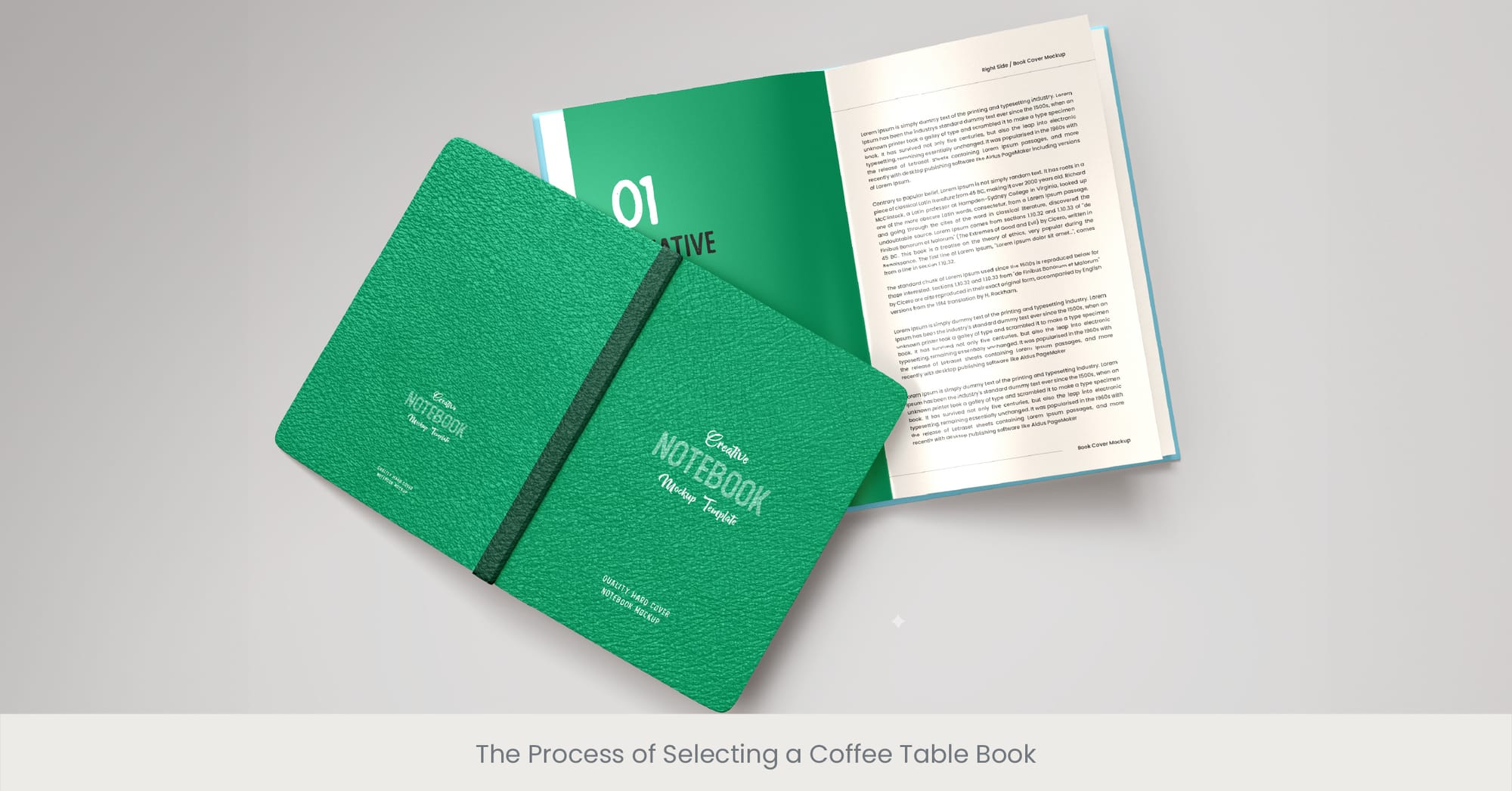
Curating a Collection with Intention
The process of selecting a coffee table book is an art form in itself, reflecting a deliberate curation based on personal taste, interests, and the intended purpose of the book within a space. Whether for adornment, education, or inspiration, choosing the right coffee table book involves a consideration of its thematic content, visual appeal, and how it complements the surrounding decor. For some, the selection is driven by a passion for a particular subject, such as art, fashion, or travel. For others, it's about finding a book that speaks to their aesthetic sensibilities or serves as a conversation piece for guests. This intentional approach ensures that the coffee table book not only enhances the physical space but also enriches the intellectual and emotional ambiance of a home or office.
Navigating Themes and Subjects
When selecting a coffee table book, the breadth of themes and subjects available can be both exhilarating and daunting. From the wonders of the natural world to the intricacies of architectural design, the key is to find a topic that resonates. For those with a keen interest in the arts, books featuring renowned artists or art movements offer a visual feast and educational value. Travel enthusiasts might gravitate towards books that capture the essence of exotic destinations or the beauty of remote landscapes. The process involves exploring various genres and publishers to discover books that not only align with one's interests but also possess the potential to spark curiosity and conversation among a wide range of viewers.
Considering Physical Attributes
The physical attributes of a coffee table book—its size, cover design, and binding—play a significant role in its selection. The book's dimensions should be appropriate for the space it will occupy, whether it's a sprawling coffee table or a modest side table. The cover design is often what draws the eye first, making it a critical factor in the selection process. It should be visually striking and reflective of the book's content, capable of standing out in a room while still harmonizing with its surroundings. The quality of the binding and paper also contributes to the book's appeal and durability, ensuring it can be enjoyed for years to come.
Expert Recommendations and Reviews
Turning to expert recommendations and reviews can be invaluable in the selection process, offering insights into the quality, content, and visual appeal of the best coffee table books around. Literary and design publications often feature lists of top coffee table books, highlighting recent releases and classic volumes that have stood the test of time. Online forums and social media platforms also serve as rich resources, where enthusiasts share their finds and favorites. Additionally, visiting bookstores and libraries to browse and physically interact with books can provide a sense of their presence and how they might fit into one's collection. By leveraging these resources, individuals can make informed decisions, finding books that not only captivate the eye but also stimulate the mind and spirit.
Importance of Cover Art in Attracting Attention
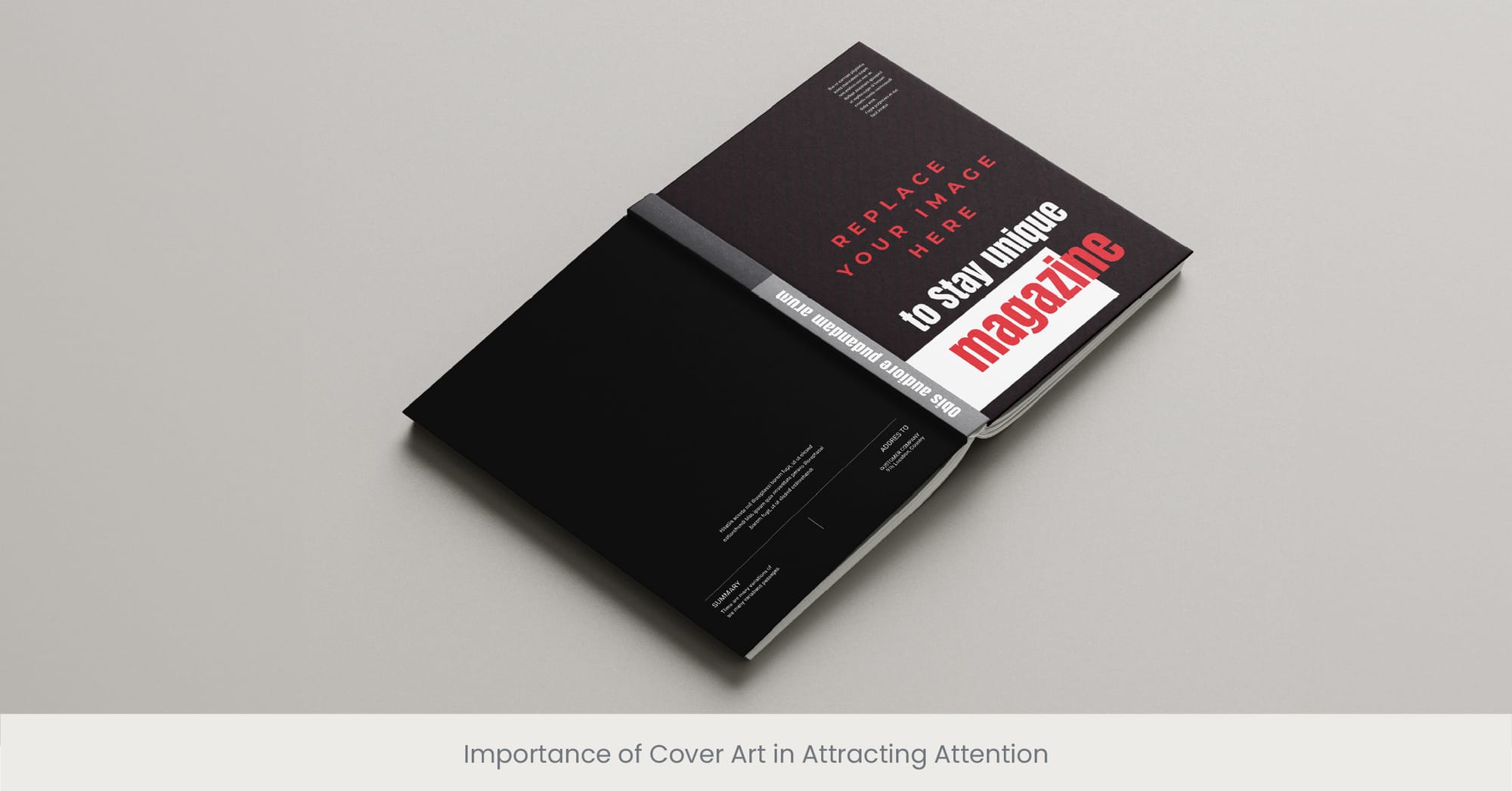
The Visual Invitation of Cover Art
The cover art of a coffee table book plays a pivotal role in attracting attention, serving as both an introduction to the book’s content and an aesthetic statement within a space. It's the cover art that first captures the eye, beckoning potential readers to explore the pages within. In a world where visual appeal is paramount, the design of a book’s cover can determine its destiny on the shelf or table. Effective cover art goes beyond mere beauty; it communicates the essence of the book, encapsulating its themes and subjects in a single, compelling image. This visual invitation is not just about standing out; it's about creating a connection, sparking curiosity, and promising a journey that is as enriching as it is engaging.
The Art and Science of Cover Design
Creating captivating cover art is a meticulous blend of art and science, involving graphic designers, artists, and publishers in a collaborative process. The design must consider the intended audience, the thematic content of the book, and current design trends, all while maintaining a timeless appeal. Color psychology, typography, and imagery are carefully orchestrated to produce a cover that resonates with potential readers. For instance, vibrant colors and bold fonts might be used for books on contemporary art, while subtle hues and elegant typography could be chosen for volumes on natural history. This thoughtful approach ensures that the cover not only attracts attention but also aligns with the readers’ expectations and interests.
Case Studies: Iconic Coffee Table Book Covers
Some coffee table books have become iconic, in part due to their distinctive cover art. "Tom Ford" by Tom Ford and Bridget Foley features a stark, minimalist cover that perfectly embodies the luxury and sophistication of Ford's fashion legacy. "The Sartorialist" by Scott Schuman utilizes a simple yet striking photographic cover that captures the essence of street fashion photography. These examples illustrate how effective cover art can immortalize a book, making it an object of desire for collectors and enthusiasts alike. The success of these covers lies in their ability to intrigue and invite, proving that the cover art is fundamental in the book’s reception and legacy.
Expert Opinions and Consumer Preferences
The significance of cover art in attracting attention is underscored by expert opinions and consumer preferences. Surveys conducted by publishers and retailers have shown that the cover art is a crucial factor in the purchasing decision for many readers, particularly in the context of coffee table books. Design experts emphasize the cover’s role in creating an emotional connection, stating that it can significantly impact a book's marketability and perceived value. Furthermore, consumer trends indicate a growing appreciation for books that offer both visual and intellectual appeal, with many purchasers viewing them as art pieces in their own right. This feedback reinforces the idea that cover art is not just a marketing tool; it’s an integral part of the book’s identity and appeal, making it a critical consideration for authors and publishers alike.
Coffee Table Books as Gifts
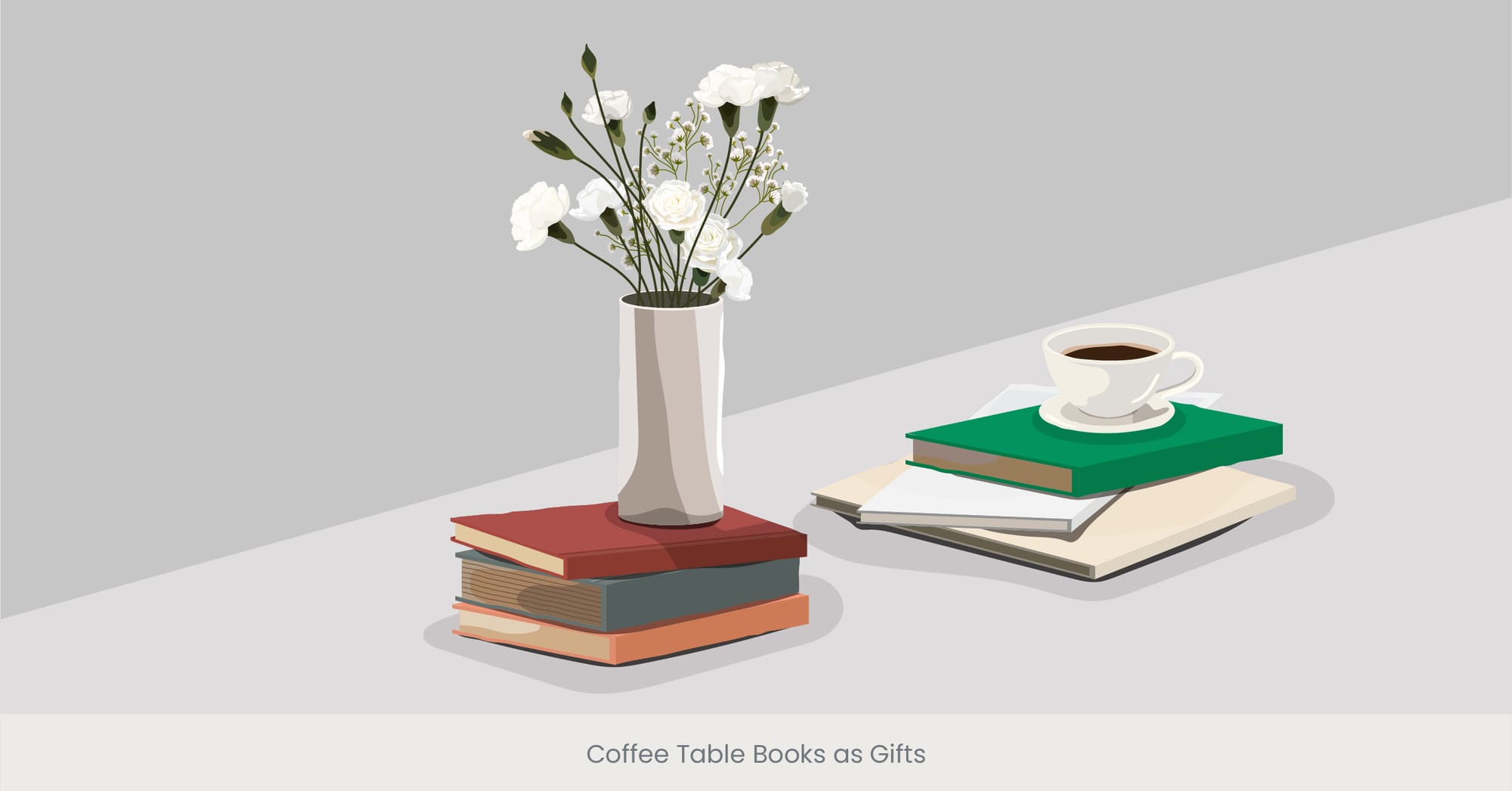
The Thoughtful Gesture of Gifting Coffee Table Books
Gifting coffee table books is a practice steeped in thoughtfulness and sophistication, offering more than just a present but an experience to be cherished. These books are chosen for their ability to match the interests, passions, and aesthetics of the recipient, making them deeply personal and meaningful gifts. Whether it’s to commemorate a special occasion, celebrate a milestone, or simply share something beautiful, a coffee table book is a gift that keeps on giving. It invites the receiver into a world of beauty, knowledge, and inspiration, allowing them to explore topics they love or discover new interests. This personalized approach to gifting highlights the giver’s consideration and effort, enhancing the bond between them and the recipient.
Selecting the Perfect Book for Every Occasion
The key to gifting coffee table books lies in selecting titles that resonate with the recipient’s tastes and interests. For the fashion enthusiast, a book showcasing the work of iconic designers or the evolution of fashion trends makes an ideal gift. Nature lovers might appreciate a volume filled with stunning landscapes or wildlife photography. Art aficionados would be delighted by books featuring famous artists, art movements, or museum collections. The occasion can also guide the choice, with books celebrating local culture or cuisine being perfect for housewarming gifts, and volumes on photography or travel suiting farewell gifts for friends embarking on new adventures. This careful consideration ensures that the book not only delights but also holds significance for the recipient.
The Enduring Impact of Coffee Table Books as Gifts
Coffee table books endure as gifts long after other presents might fade from memory. They become part of the recipient’s living space, serving as a constant reminder of the giver and the occasion it commemorated. Moreover, these books often spark curiosity and joy, inviting readers to dip in and out of them over the years, each time discovering something new or revisiting beloved images and texts. Their physical beauty and intellectual richness make them stand out as gifts that educate, inspire, and beautify, embodying a blend of thoughtfulness and utility that is rare in today’s fast-paced world.
Feedback from Recipients and Gifting Trends
The positive feedback from recipients of coffee table books underscores their value as gifts. Many express appreciation not just for the content but for the thoughtfulness behind the choice, recognizing the effort involved in selecting a book that reflects their personal interests. This feedback aligns with gifting trends that favor meaningful, lasting presents over fleeting or purely functional items. Retailers and publishers note an increase in the purchase of coffee table books for gifting purposes, particularly during the holiday season and for special occasions. This trend reflects a broader desire for gifts that offer a mix of aesthetic pleasure, intellectual engagement, and personal significance, marking coffee table books as a preferred choice for those looking to make a lasting impression.
FAQs about Coffee Table Books
What kind of books do you put on a coffee table?
Coffee table books typically encompass a wide range of subjects including art, photography, fashion, travel, and design. They are known for their large format, full layout, high-quality printing, and visually appealing content. These books are chosen for their ability to engage visitors, complement the room's decor, and reflect the interests of the homeowner.
What is the point of coffee table books?
Coffee table books serve multiple purposes: they are decorative items that enhance the aesthetic of a space and create more, conversation starters that engage guests, and sources of inspiration or knowledge on a variety of topics. Their visual and textual content is meant to be perused at leisure, offering a unique blend of entertainment and education.
Are coffee table books still popular?
Yes, coffee table books remain popular due to their versatility and the value they add to both home decor and personal collections. Their popularity continues as they evolve to include a broader range of topics and become accessible to a wider audience, reflecting current trends and interests.
Why are coffee table books so expensive?
Coffee table books are often expensive because of their high production costs. This includes superior quality paper, advanced printing techniques to ensure image quality, and often hardcover bindings. Additionally, many coffee table books feature works by renowned artists or photographers and may be published in limited editions, adding to their value.
What is considered a coffee table book?
A coffee table book is considered to be any large, visually-driven book that is meant to be displayed and casually enjoyed. It typically features a specific subject matter, ranging from photography and art to travel and fashion, and is designed with an emphasis on aesthetic appeal.
What is the use of a coffee table book?
The use of artwork in a coffee table book extends beyond mere decoration; it is a medium for artistic and cultural expression, a source of inspiration, and a tool for education on various subjects. It also serves as a social catalyst, encouraging conversation and interaction among guests.
Are coffee table books meant to be read?
Yes, coffee table books are meant to be read, though in a more casual manner. They are designed for browsing, allowing interested readers to dip in and out of pages, enjoying the visual content and accompanying text as they please, often serving as a quick source of inspiration or relaxation.
Do people still use coffee table books?
Absolutely, people still use coffee table books as part of their interior decor, for personal enjoyment, and as conversation starters. Their continued popularity is a testament to their enduring appeal as both decorative and educational items.
When were coffee table books invented?
The concept of coffee table books dates back to the early 20th century, with the term itself gaining popularity beginning in the mid-20th century. They were initially luxury items but have since become more widely produced and available, reflecting a variety of interests and subjects.
What is the significance of a coffee table book?
The significance of a coffee table book lies in its ability to encapsulate beauty, knowledge, and cultural trends in a tangible form. It serves as a bridge between the aesthetic and the intellectual, enriching living spaces and providing insights into countless subjects in an accessible and engaging way.
What are the books on coffee tables called?
Books specifically designed for display and casual reading on coffee tables are known as coffee table books. They are characterized by their large size, visually appealing content, and focus on subjects such as art, photography, and design.
What makes a coffee table book unique?
A coffee table book is unique because of its emphasis on visual appeal, large format, and the quality of its production. It blends the art of photography, design, and printing to create a book that is both a piece of decor and a source of knowledge or inspiration.
What books do you put on a coffee table?
The books you put on a coffee table often reflect a person or personal interests or are chosen to complement the decor. Popular choices include volumes on art, photography, fashion, travel, architecture, and nature.
Are coffee table books a good investment?
Coffee table books can be a good investment, especially limited editions or books by renowned artists and photographers. Besides their potential to appreciate in value, they offer aesthetic and intellectual rewards to their owners.


%20(1).jpg)


